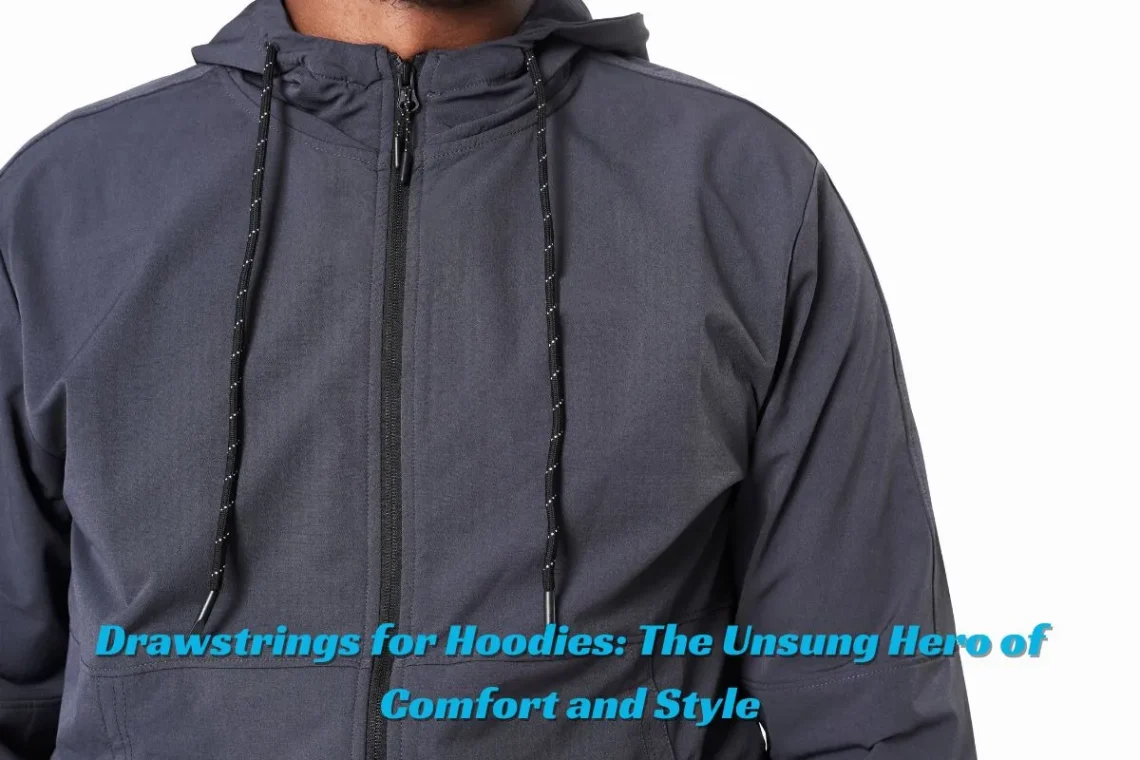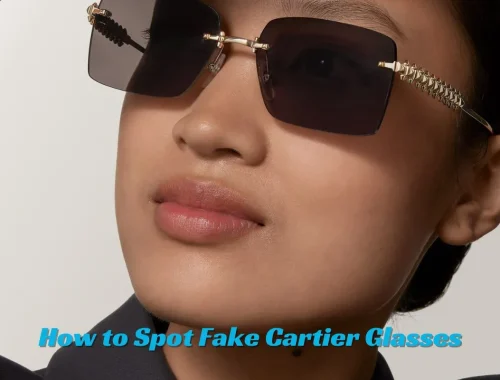
Drawstrings for Hoodies: The Unsung Hero of Comfort and Style
Drawstrings might seem like a tiny detail on a hoodie, but for anyone who has yanked on those cords during a cold windstorm or fiddled with them to get that perfect hood fit, you know they matter. In fact, hoodie drawstrings are a blend of function, fashion, and personality—woven into one small but mighty feature. Whether you’re bundling up for warmth or styling your streetwear look, understanding hoodie drawstrings can completely change your experience.
Table of Contents
ToggleWhy Drawstrings Matter More Than You Think
Let’s start with the basics: drawstrings allow you to adjust the hood’s opening. That means you can cinch it tight to block out wind or leave it loose for a relaxed look. As fashion historian Valerie Steele points out, “The drawstring, while seemingly a minor detail, is crucial for both aesthetic balance and functional adjustment. It allows the wearer to cinch the hood for warmth and protection, transforming the garment’s silhouette.” (Museum at FIT)
I remember hiking in the Lake District on a chilly April morning. The wind whipped through my hoodie’s open hood until I pulled those trusty drawstrings and created my little warm cocoon. That moment made me appreciate just how practical they are.
Types of Hoodie Drawstrings: Flat, Round, Hidden, and More
There’s more than one kind of drawstring out there:
- Flat drawstrings are wide and modern-looking. They lie neatly against your chest.
- Round drawstrings are classic, tubular, and feel a bit more traditional.
- Elasticated drawstrings are common in performance gear, staying tight and out of your way.
- Hidden drawstrings live inside the hood channel, reducing snagging during sports.
Designer Maria Tash notes, “The choice between a flat or round drawstring, and the presence of metal aglets, can dramatically impact the hoodie’s overall aesthetic.” (Fashionsoul Intl.)
I prefer flat drawstrings. They never twist awkwardly, and they look sleeker in photos!
Fabric Makes the Difference
Material matters. According to textile scientist Dr. Karen H. Hatcher, “Cotton offers a soft, natural feel, while polyester and nylon provide superior strength, resistance to fraying, and a smoother glide through the eyelets.” (Melengo.com)
In cheaper hoodies, you might find drawstrings that feel rough or start to fray after one wash. Higher-end or thoughtfully designed hoodies use durable, soft fabrics that stand the test of time.
One of my hoodies from college had this fraying, scratchy drawstring that I eventually pulled out. The hoodie never felt the same without it—something always felt… incomplete.
The Functionality Factor in Sportswear
Drawstrings become critical in athletic apparel. Nike’s innovation team (as mentioned in Wildman Business Group) highlights that performance hoodies now feature SafeCinch™ systems—elasticated, minimal drawstrings designed to avoid snagging or bouncing during movement. It’s about keeping things secure, streamlined, and safe.
I noticed this during my morning jogs. My zip-up hoodie had these hidden, short elastic drawstrings that stayed put while I ran—no annoying bounce, no adjusting needed. That’s smart design!
Customization & Expression
Drawstrings are no longer just functional—they’re fashionable too. As accessory designer Anya Hindmarch puts it, “Drawstrings can be a powerful tool for personal expression.” (Hongfa Accessories) From funky neon cords to branded aglets, customization lets you showcase your style.
You can find brands now offering drawstring upgrades—like gold tips, bold colors, or reflective materials. Some people even swap out the original drawstrings on their hoodies for a custom look.
Maintenance Tips: Don’t Lose That String!
We’ve all faced the drawstring dilemma—when it disappears inside the hood tunnel. Garment care expert tips (like those on Woombie.com) emphasize knotting the ends or securing the aglets properly.
As one brand rep explained: “A missing or damaged drawstring diminishes the garment’s utility and appearance.” Try using a safety pin or straw to re-thread it if it vanishes!
Historical Roots of Drawstrings
The drawstring isn’t a new invention. Its roots date back centuries, as closures for tunics, pouches, and robes. Articles like Reconstructing History and Bags247 highlight its long-standing practicality. It’s been used for ages as a simple yet reliable fastener—proof of its enduring appeal.
That makes it fascinating: one tiny feature has lasted centuries and adapted to every era and style.
Research Backs the Role of Drawstrings
Garment ergonomics studies (as covered in textile and apparel design journals) show that adjustability in clothing improves fit, comfort, and utility. That’s exactly what drawstrings do—they adapt the hoodie to your body and needs.
Behind the Scenes: Manufacturing Quality Drawstrings
Apparel brands don’t overlook drawstrings. Manufacturers source materials like braided cotton cords or nylon paracord-style strings. A garment technologist would tell you that secure stitching and reinforced eyelets are critical to prevent the string from tearing out or slipping.
Brands like Champion and H&M have teams dedicated to product testing, making sure their drawstrings hold up to daily use and repeated washes.
Real People, Real Preferences
People interact with hoodie drawstrings in many ways:
- “I always tie little knots at the end. It keeps the string from getting lost in the hood!” — Sam, student
- “I hate long drawstrings; they bounce around when I’m biking. I cut mine shorter.” — Dev, cyclist
- “Mine came with gold-tipped aglets—I didn’t even notice at first, but they add such a cool touch!” — Lara, fashion blogger
I once ran a mini poll in a local fashion forum, asking: Do you tie your hoodie drawstrings? Surprisingly, 80% said yes, and most had their way of doing it: bows, knots, or simply tucking them inside.
What Makes a Great Hoodie Drawstring?
Based on expert insights and user experience, here’s what makes a drawstring stand out:
- Durable material – Cotton or poly blends that don’t fray.
- Secured eyelets – Prevent slipping or tearing.
- Length balance – Long enough to cinch, short enough to stay out of your way.
- Custom style – Aglets, colors, and patterns can add personal flair.
In Summary
Hoodie drawstrings are more than strings—they’re tiny design elements that influence comfort, functionality, style, and even mood. Whether you use them to shield your face from wind, make a fashion statement, or just fidget with them while waiting for the bus, drawstrings play a big role in your hoodie experience.
As Valerie Steele says, they transform the silhouette—and in many ways, they transform your comfort.
So next time you throw on your favorite hoodie, give those little cords a moment of appreciation. They’re doing more than you think.
You May Also Like

Step-by-Step Daily Hair Care Routine for Wavy Hair
May 16, 2025
How to Spot Fake Cartier Glasses
May 22, 2025

